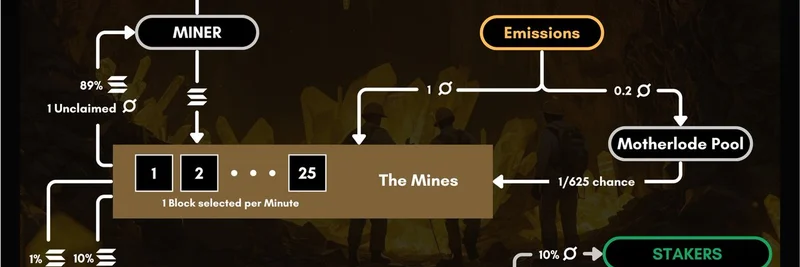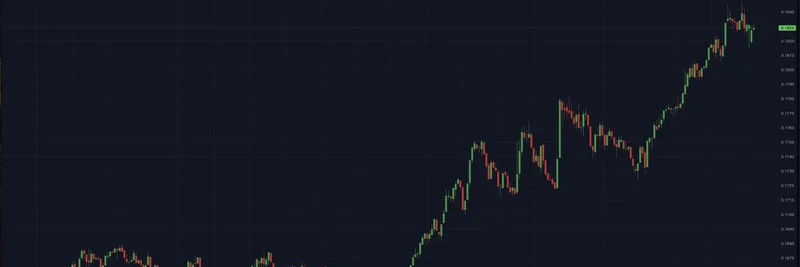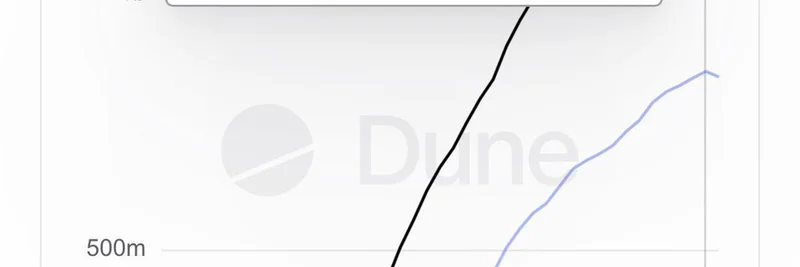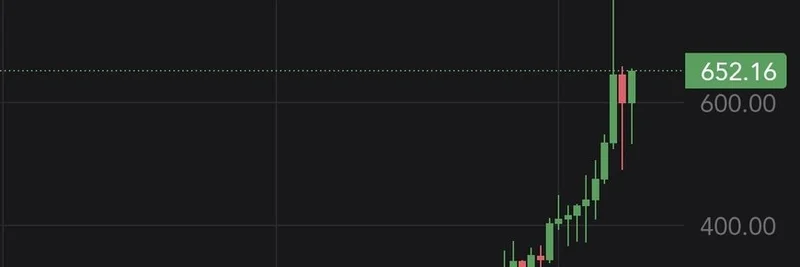In the fast-paced world of blockchain, where meme tokens often steal the spotlight with their viral hype, sometimes a project comes along that blends innovation with practical utility. Recently, mattytay, co-founder of Colosseum and a former Solana insider, shared a fascinating take on the ORE protocol via his X post. If you're into meme tokens or just curious about how crypto can evolve, this one's worth a read.
Mattytay breaks it down simply: Traditional store-of-value (SoV) assets like Bitcoin rely on proof-of-work (PoW) mining, where miners burn electricity to secure the network and earn tokens. But here's the catch—they often sell those tokens for fiat currency to cover costs, which leaks value out of the ecosystem. ORE, built on Solana, flips this script. Instead of value flowing out, miner costs are redirected back into the token itself, keeping everything onchain and strengthening the system.
This insight sparked a lively discussion in the replies. One user, Sol Beach Bum, questioned the 1% admin fee to Regolith Labs (the team behind ORE), calling it potential "leakage" and suggesting inflating the supply instead to eliminate it. Mattytay responded thoughtfully, noting that having an incentivized team is a huge plus for development—something he saw firsthand comparing Solana to Ethereum. He emphasized that this could be adjusted via governance if the community wants.
Other replies highlighted ORE's accessibility: Anyone can mine it in minutes with any device and bankroll, making it feel like "mines for the masses." There's talk of its low age—just seven weeks old—yet already ranking as the #2 app in revenue on Solana and #3 across crypto. Bugs and volatility are expected, but the core idea seems solid.
For those new to the term, proof-of-work is a consensus mechanism where miners solve complex puzzles to validate transactions and add blocks to the chain. It's energy-intensive but secure. ORE adapts this to Solana's high-speed environment, allowing mining on everyday hardware without the massive electricity bills.
Why does this matter for meme token enthusiasts? While ORE positions itself as digital cash with a capped supply, its viral growth and community buzz give it that memetic energy. Prices have surged, with the token hitting over $500 recently, drawing in traders and builders alike. It's a reminder that not all hype is empty—some projects solve real problems in clever ways.
If you're looking to dive deeper, check out the ORE official site or explore mining options. Mattytay's post is a great entry point into understanding how protocols like this could shape the future of onchain economies. What do you think—will inverted mining become the new standard? Drop your thoughts in the comments!




